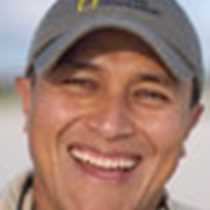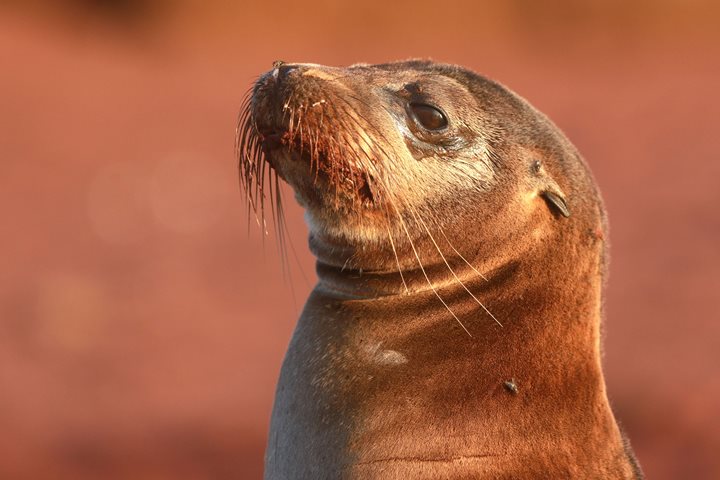Today we visited Puerto Ayora, the largest and most populated town in the Galapagos. Early in the morning we went to the Galapagos National Park Headquartes and the Charles Darwin Research Station. This was a great opportunity to learn about the historical and current actions taken to protect this archipelago. We enjoyed the recently inaugurated interpretive trail along the breeding center grounds, where one can see baby, juvenile and adult giant tortoises. After this, we moved to the highlands of Santa Cruz, to have a quick stop at El Trapiche, a local farm where we tried coffee and sugar cane products. In the afternoon, our next destiny was El Manzanillo, where we spotted giant tortoises on their natural environment.
- Daily Expedition Reports
- 12 Apr 2017
Puerto Ayora, 4/12/2017, National Geographic Islander
- Aboard the National Geographic Islander
- Galápagos
José Guerrero, Naturalist/Certified Photo Instructor
José Guerrero Vela is an Ecuadorian permanent resident of the Galapagos. His mother was born in the islands and his grandfather was one of the first generation of teachers in the Galapagos, which has always inspired him to promote education as the ma...
Read MoreShare Report
Related Reports
11/23/2022
Read
National Geographic Islander II
Isabela and Fernandina
Our day began with the chance to point out a lot of interesting geological features as we enjoyed Zodiac tours along a massive flank of Ecuador Volcano on Punta Vicente Roca. In the afternoon, we took a sunny walk on Punta Espinoza on Fernandina Island. We spotted many iguanas, and a bunch of sea lions hanging around, too.
11/22/2022
Read
National Geographic Islander II
North Seymour & Rabida Islands
Relatively small and low compared to neighboring Santa Cruz, North Seymour is located to the north of Baltra. The island is dry with predominantly low shrubs, like prickly pear cacti. The incense trees are bare during the dry season. Seabirds like frigatebirds and blue-footed boobies nest on the island, and sea lions rest on the sand when they are not fishing. Land and marine iguanas also live here. Rabida is in the middle of the archipelago and has a striking red sand beach. We observed a small colony of sea lions of all ages resting or nursing. Behind the beach, American flamingos nest in a brackish lagoon. This island is full of contrasts and wildlife that we enjoyed observing during this day of expedition.







